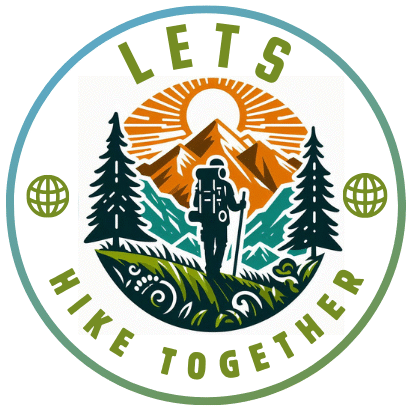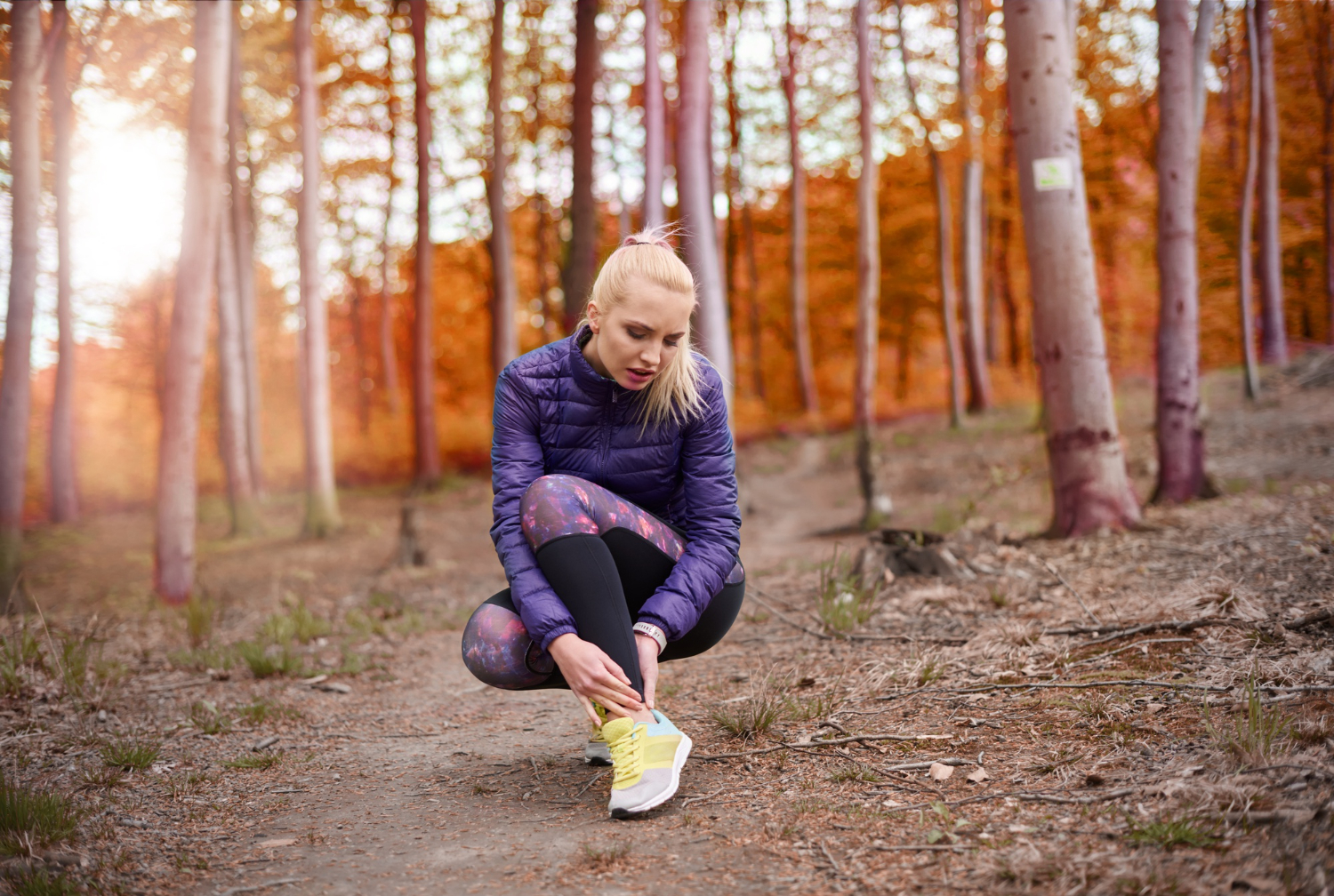Hiking is one of the most rewarding outdoor activities, but nothing can ruin a perfect adventure faster than blisters and foot pain. Whether you’re tackling a challenging trail or just enjoying a scenic walk, these foot issues are a common problem for hikers. In this guide, we’ll share effective ways to prevent, treat, and recover from blisters and foot pain, ensuring your feet stay happy on every hike.
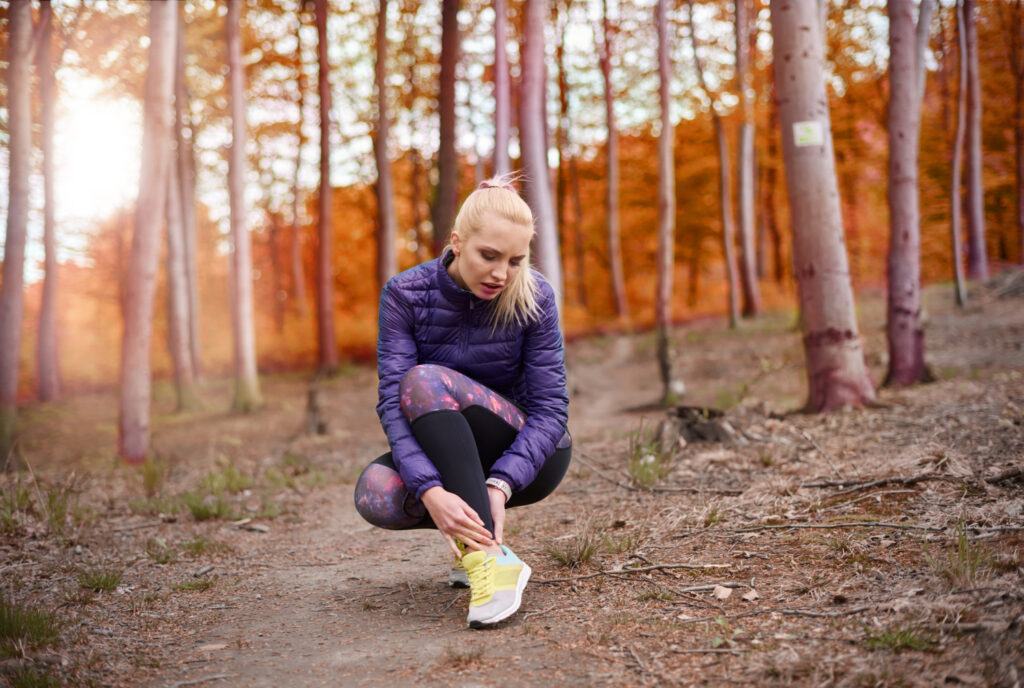
Table of Contents
Understanding Blisters and Foot Pain During Hiking
How to Avoid Blisters Before You Hit the Trail
How to Treat Blisters and Foot Pain During Your Hike
Post-Hike Recovery: Healing Blisters and Foot Pain
How to Build a Blister-Resistant Foot
Understanding Blisters and Foot Pain During Hiking
Blisters are painful, fluid-filled pockets that form as a result of friction, moisture, or poorly fitting hiking boots. These tiny injuries serve as a protective mechanism for your skin, but they can turn into a significant hindrance if not addressed properly. Common blister hotspots include the heels, toes, and ball of the foot—areas that bear the brunt of your movement during hikes.
Why Do Blisters Form?
Blisters occur when continuous friction or pressure irritates the skin, breaking down its outer layers. In the case of hiking, it’s often due to:
- Friction from your boots or socks
- Excess moisture from sweat or wet conditions
- Ill-fitting footwear that doesn’t provide proper support
Recognizing the cause of your blister can help you prevent and treat them more effectively.
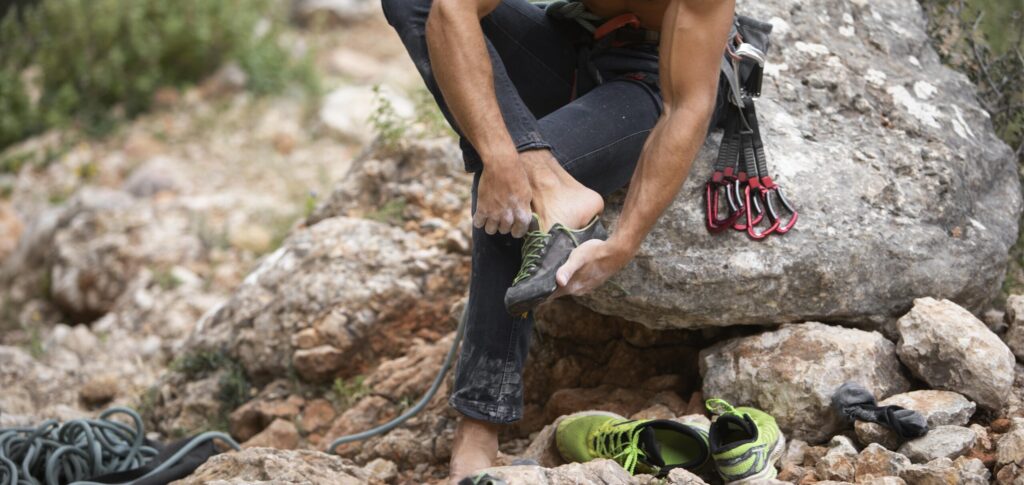
Prevention is Better Than Cure: How to Avoid Blisters Before You Hit the Trail
Preparation is key when it comes to avoiding blisters on your hike. Here are the top strategies for preventing blisters and foot pain before they start:
1. Choose the Right Hiking Boots
Your hiking boots are your first line of defense. They should fit snugly without being too tight. Aim for enough room in the toe box to wiggle your toes, but not so much that your foot slides around inside. When shopping for boots, keep in mind that every brand and model will fit differently, so trying on a few options is essential.
2. Invest in Quality Hiking Socks
Socks play a critical role in blister prevention. Opt for moisture-wicking socks made from materials like merino wool or synthetic fibers. Avoid cotton socks, as they trap moisture, creating a breeding ground for friction and blisters.
3. Break in Your Boots Before the Big Hike
Never embark on a major hike with new boots straight out of the box. Breaking in hiking boots through shorter walks helps mold them to the shape of your feet, reducing the risk of blisters.
4. Use Anti-Blister Products
Certain products, like moleskin, blister pads, or even antiperspirant applied to the feet, can help reduce friction and moisture. Consider applying antiperspirant to the feet to minimize sweat, or use blister patches as a preventive measure on known hotspots.
5. Maintain Dry Feet During Your Hike
Frequent foot checks are essential. If your socks become wet or damp, change them immediately. Consider carrying an extra pair of socks to keep your feet dry and comfortable.

How to Treat Blisters and Foot Pain During Your Hike
Even the best-laid plans can go awry, and sometimes, despite your best efforts, blisters or foot pain will occur. Here’s what you can do immediately to minimize discomfort and continue enjoying your hike.
1. Stop and Assess the Situation
As soon as you feel any discomfort, stop hiking and check your feet for signs of blisters. Ignoring the pain could make it worse.
2. Clean and Protect the Blister
If you’ve developed a blister, clean the area gently with water and a cloth. Use sterile bandages or moleskin to cover the blister and protect it from further irritation.
- For popped blisters, apply an antibiotic ointment to prevent infection before covering it.
- Add padding around the blister for additional pressure relief.
3. Adjust Your Laces and Boots
Sometimes, foot pain can be alleviated by adjusting your boot lacing. A simple change in how your boots are tied can reduce unnecessary pressure on your feet.
4. Take Breaks to Rest Your Feet
Painful feet need rest. Don’t hesitate to take breaks during your hike, especially if you’re feeling discomfort. Resting your feet helps reduce swelling and prevents further injury.
Post-Hike Recovery: Healing Blisters and Foot Pain
Your feet may need some TLC after a long hike to recover fully. Here’s how to heal blisters and foot pain:
1. Wash and Clean Your Feet
After your hike, give your feet a thorough wash with warm water and mild soap. This removes dirt and sweat, reducing the risk of infection.
2. Soothing Foot Care
Moisturize your feet with a soothing lotion or cream containing aloe vera or essential oils. These ingredients help to heal and hydrate the skin, making it less prone to future blisters.
3. Soak Your Feet
Consider soaking your feet in an Epsom salt bath to ease any soreness and reduce swelling. This can help your feet recover faster, so they’re ready for the next adventure.
4. Let Blisters Breathe
If you have blisters, allow them to air out whenever possible. Exposing the blisters to air helps speed up the healing process.
5. Seek Professional Care if Necessary
If you notice signs of infection, such as redness, warmth, or increased swelling, it’s important to consult a podiatrist or healthcare provider for proper treatment.
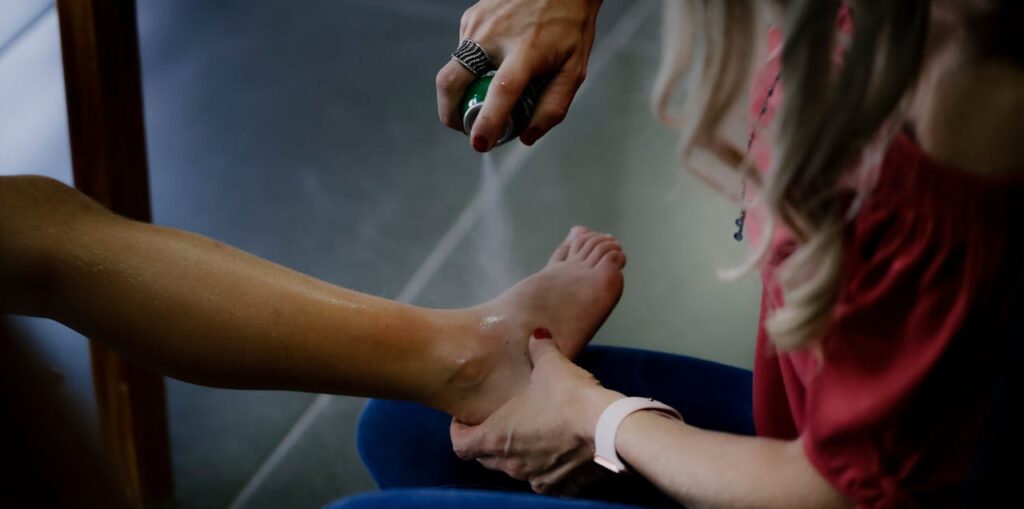
Long-Term Foot Care for Hikers: How to Build a Blister-Resistant Foot
To ensure your feet remain healthy for many hiking trips to come, follow these strategies to build blister-resistant feet:
1. Foot Strengthening Exercises
Regular exercises like toe curls, calf raises, and arch stretches help increase foot strength and flexibility, reducing the likelihood of foot pain or injury.
2. Stay Hydrated and Eat Well
Hydration plays a critical role in keeping your skin healthy. Drink plenty of water to maintain skin elasticity, and eat a balanced diet rich in vitamins and minerals that support skin health.
3. Visit a Podiatrist Regularly
Regular checkups with a podiatrist can help detect issues early on and prevent long-term foot problems. Custom orthotics may be recommended if you’re prone to blistering or pain during hikes.
4. Check Your Feet Daily
Make foot checks a part of your routine. By regularly inspecting your feet, you can catch blisters, cuts, or other issues before they become serious problems.
Conclusion: Keep Your Feet Happy for Endless Hiking Adventures
Blisters and foot pain are common issues for hikers, but with proper prevention, immediate care, and long-term foot health strategies, you can ensure that your feet stay in tip-top shape for every adventure. Remember, your feet are the foundation of every hike, so invest in them and enjoy pain-free hikes for years to come.
